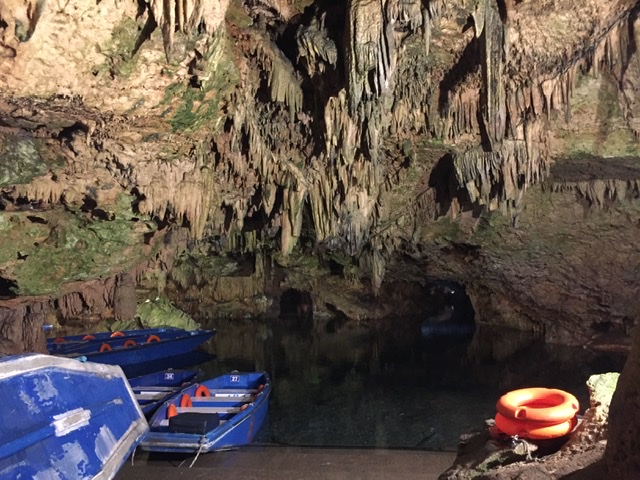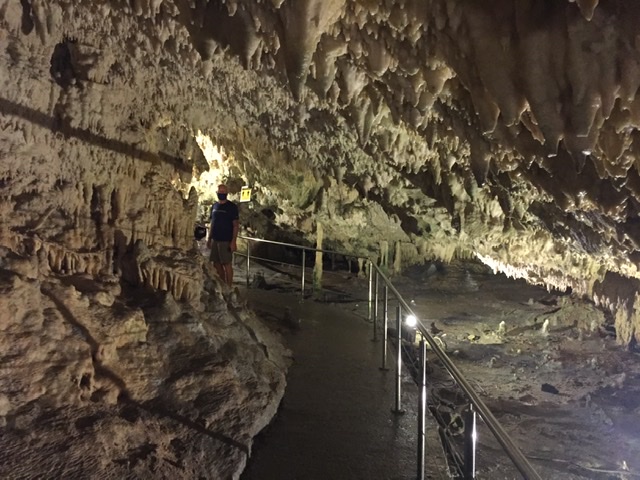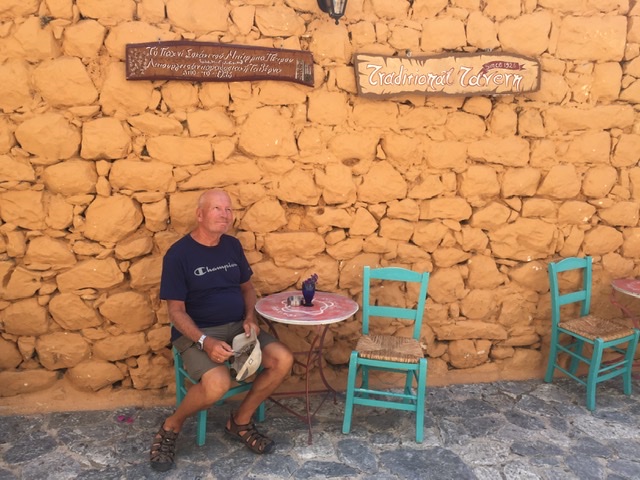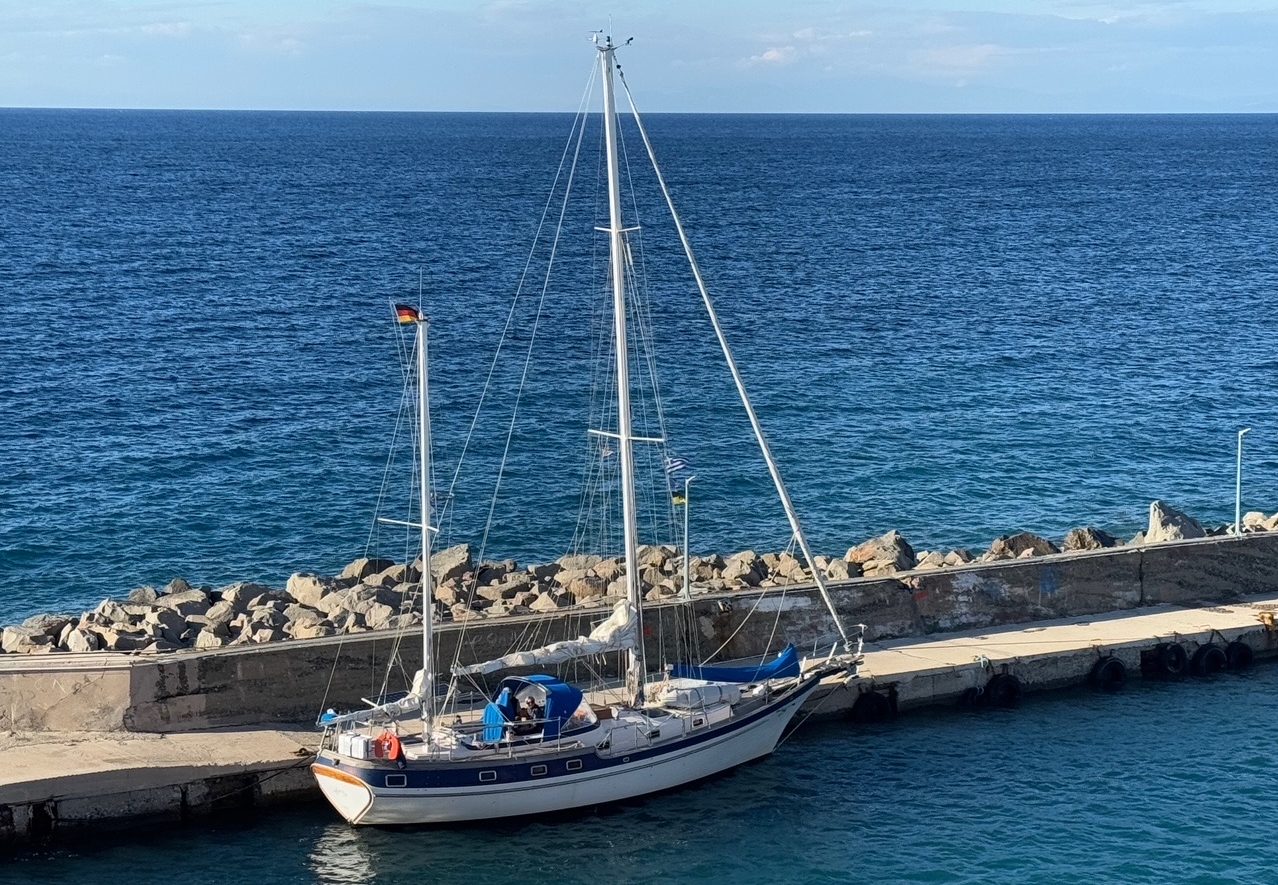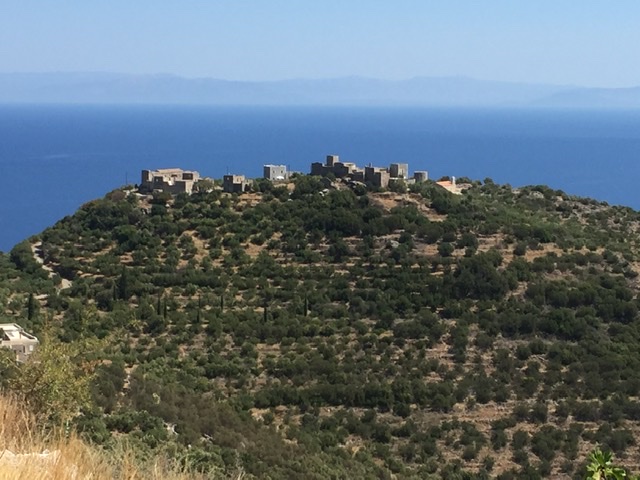
From Kalamata we went further south out of the beautiful bay of Limeni to the most southern point of the Peloponnese, which together with Gibraltar/Tarifa is the southernmost point of the European mainland, Cape Tenaro.
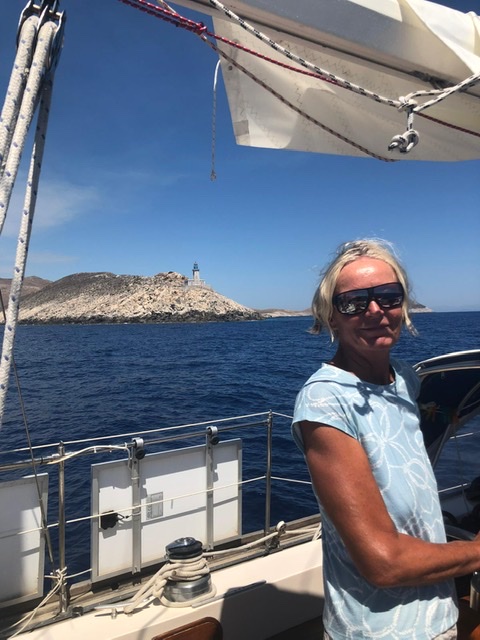
The landscape of this southern part of the peninsula is impressive: wild, rugged, inhospitable, barren, but incredibly beautiful, with high mountains, rock falls, gorges, stalactite caves that can be navigated by small boats.... it is compared to Scotland. It is the Mani, a very special region of Greece.
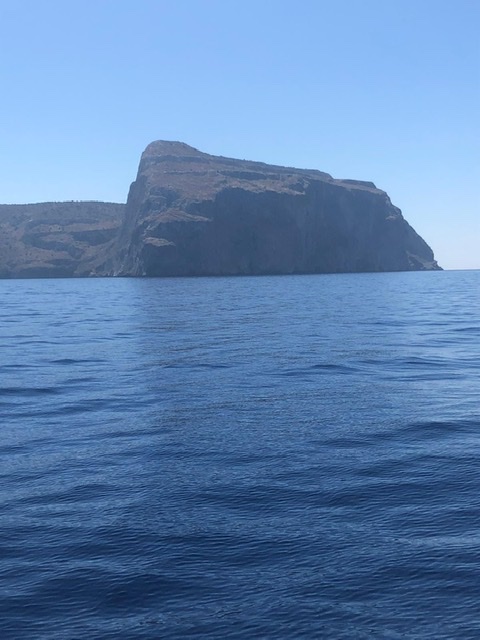
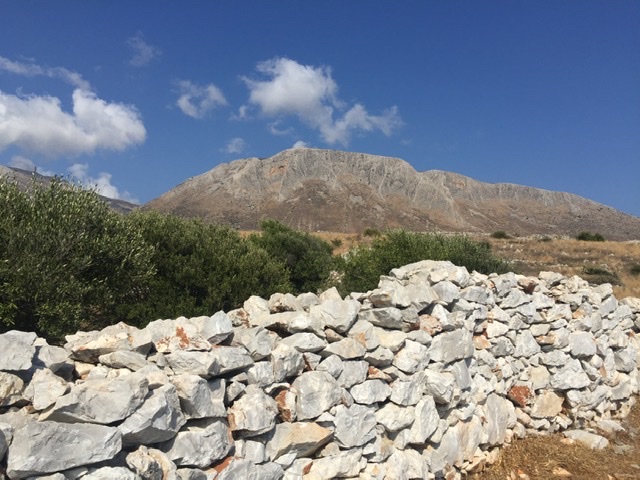
The Maniotes have been settling here since the second century BC, they see themselves, even today, as the descendants of the Laconians. The special thing: They live in family associations, in clans that have been fighting feuds among themselves since the 16th century, in which there was also blood revenge - right up to the 19th century. Rigid patriarchal structures, honour and male dominance. Against external enemies they held together - the whole changeable time during the rule of the Turks and the Venetians, partly also the crusaders - Franconia is the collective term for it here - they were always independent, never occupied. Even the Bavarian King Otto (who was appointed Greek King in the 19th century) was unable to integrate them completely into the Greek state.
They live in residential towers, which also serve for defence, and which have up to seven floors. From the sea, these towers are good points of approach.
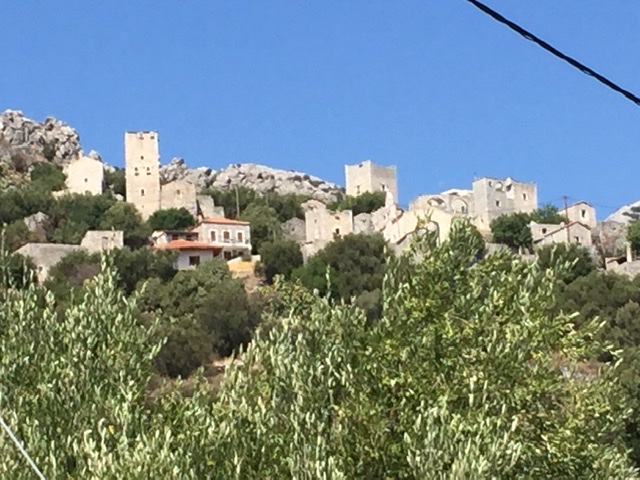
A beautiful bay is Porto Kagio, narrow and sheltered (though not from the winds from the mountains) and a former pirate base.
And near Stoupa on the west side of the peninsula is an old disused lignite mine - the model and backdrop for Nikos Kazantzakis' film Alexis Sorbas.
Further south, just before the Cape, comes the port of Achilles, which operated from here during the Trojan War. Says Homer. And one of the caves just before the cape is one of the entrances to Hades.
The cape carries an impressive lighthouse, white limestone like the whole landscape in the extreme south of the peninsula. The Greek sailing almanac, which not only has very detailed sailing information, but sometimes also restaurant tips and bizarre things, writes in its note 15: "A large wave once fell upon the light keepers house and washed him together with his dog into the sea. They were never seen again....."
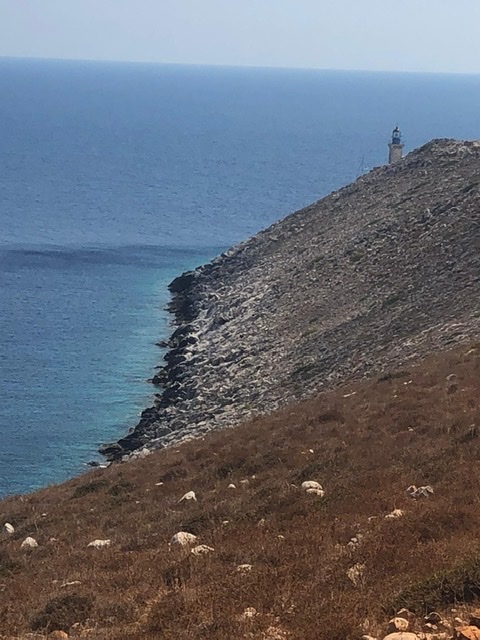
Around the cape the landscape remains rugged and forbidding, sometimes the peninsula is only a few hundred metres wide, until after 20 miles it becomes a little more lovely - we arrive in Githion or Gythion, a beautiful small town built up the slope, colourful, typical houses, Gardens with bougainvillea, lime trees, oleanders, figs.......and a lively harbour, which is difficult for sailors, because it is almost exclusively occupied by fishermen, and in which many rusting and rotting boats have been lying around for years.
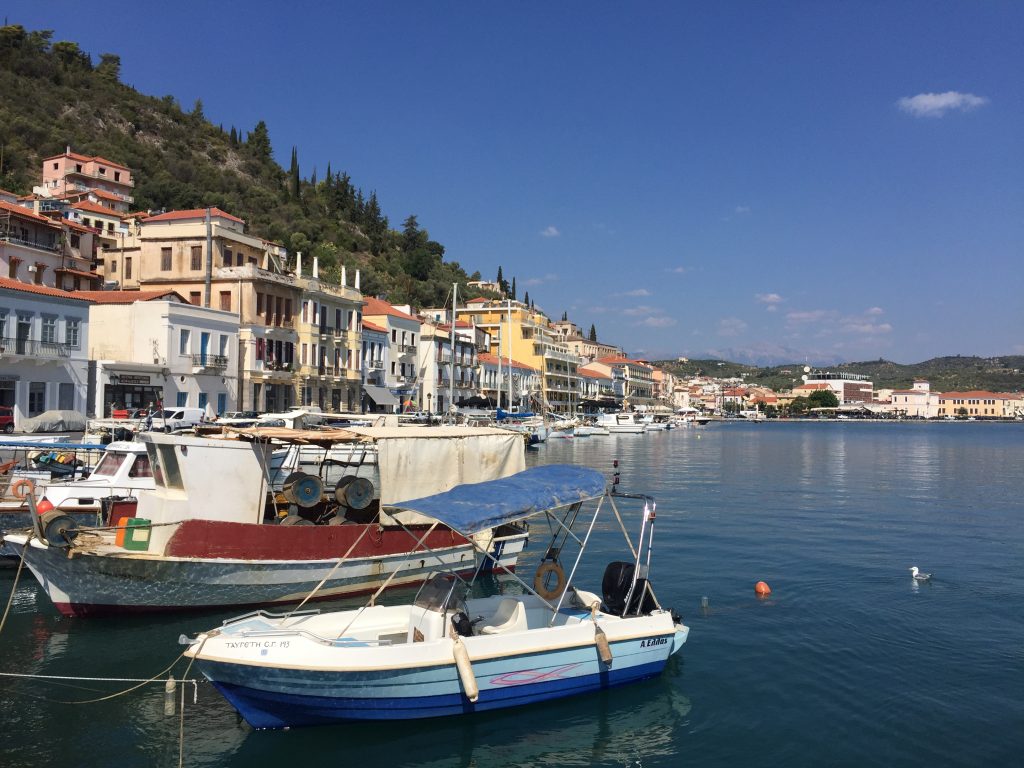
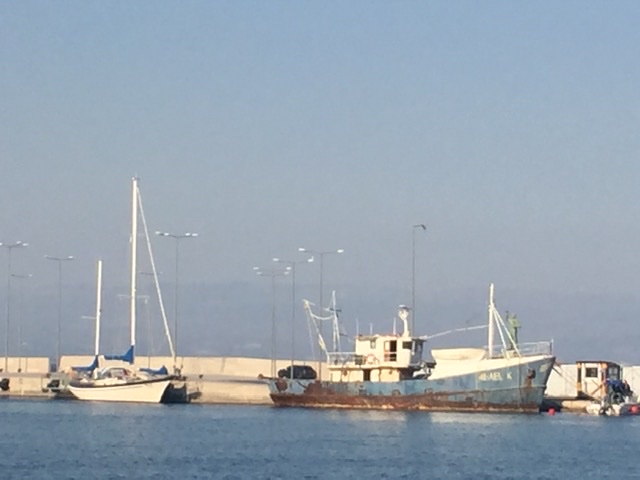
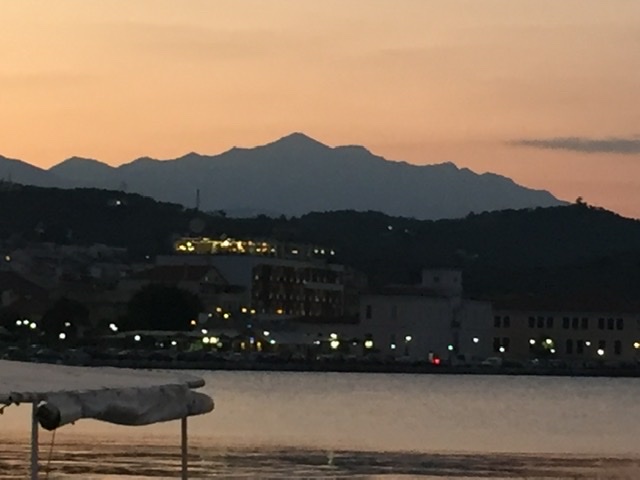
The small offshore island of Kranai (Marathonisi) was the scene of the wooing of Artemis, Hera and Athena for Paris. However, this did not take any of the three, but the beautiful Helen, wife of Agamemnon. Thus began the Trojan War. Homer says.
